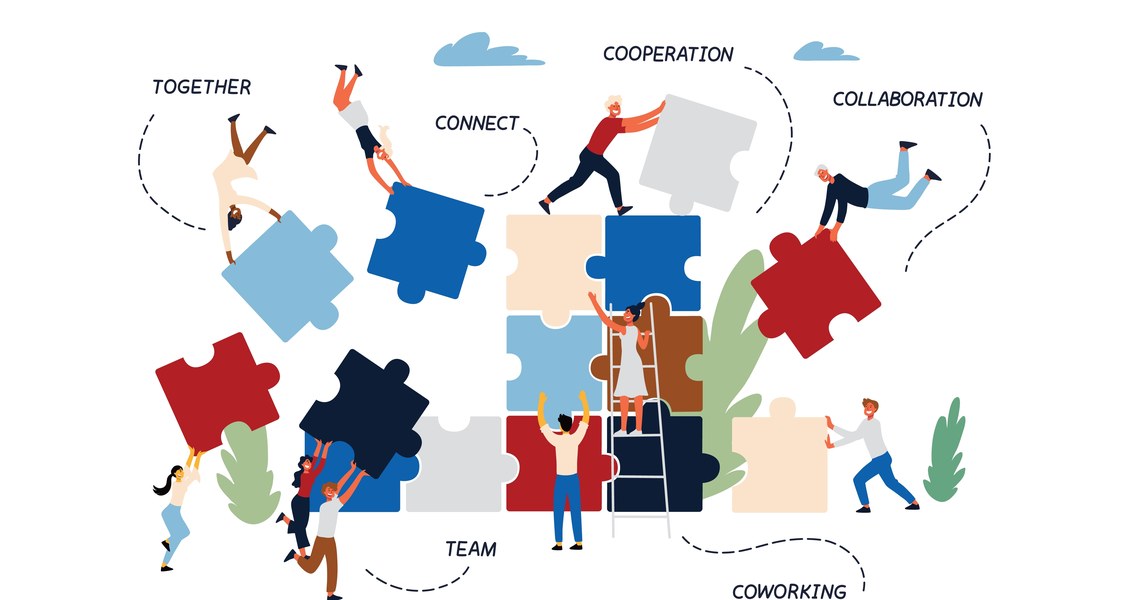Main Content
External collaborations: Why and how?

Why are external collaborations important?
By working together in external collaborations, we can expand our research and teaching, exchange know-how and pursue common goals. Ethically flawless, professionally structured collaborative relationships with third parties form the foundation of the University’s long-term sustainable performance in teaching, research, and transfer. For many years now we at Marburg University have been working successfully across the most diverse research fields with both national and international, commercial and non-commercial partners from across a wide range of sectors. Research cooperation projects, contract research projects and research services are considered as forms of knowledge and technology transfer — something we consider to be among our core set of tasks and upon whose successful pursuit we attach the utmost importance.
What do we consider to be external partners?
Our external partners are companies, institutions and organizations that are based outside our university. They range from commercial enterprises, other universities and research institutions, local authorities and government agencies to non-profit organizations. We are convinced that the knowledge transfer taking place within this framework is a two-way process, one which can be initiated from a wide range of directions and in which all participants can benefit from each other’s respective knowledge and accumulated know-how.
What do I need for external collaboration?
Framework conditions and process
Familiarize yourself in advance with the framework conditions for external collaborations at Marburg University and contact the Transfer Department at an early stage. We will support you in the process from the project idea to the collaboration with your external partners.

Pre-contractual arrangements
Pre-contractual arrangements such as non-disclosure agreements and material transfer agreements are crucial elements of a successful collaboration as they protect the rights and interests of all parties involved.

Contract
Collaborationa with external partners can take place in various ways. Collaborative projects or project funding belong to the non-commercial sector. Contract research or research-related services belong to the commercial sector. The main distinguishing feature is the distribution of rights to the results.

Utilization
The intellectual property created through research and development is a valuable asset for our university. Utilization agreements allow us to share results and developments with partners, enabling their application and commercialization while protecting our intellectual property (IP) rights.
